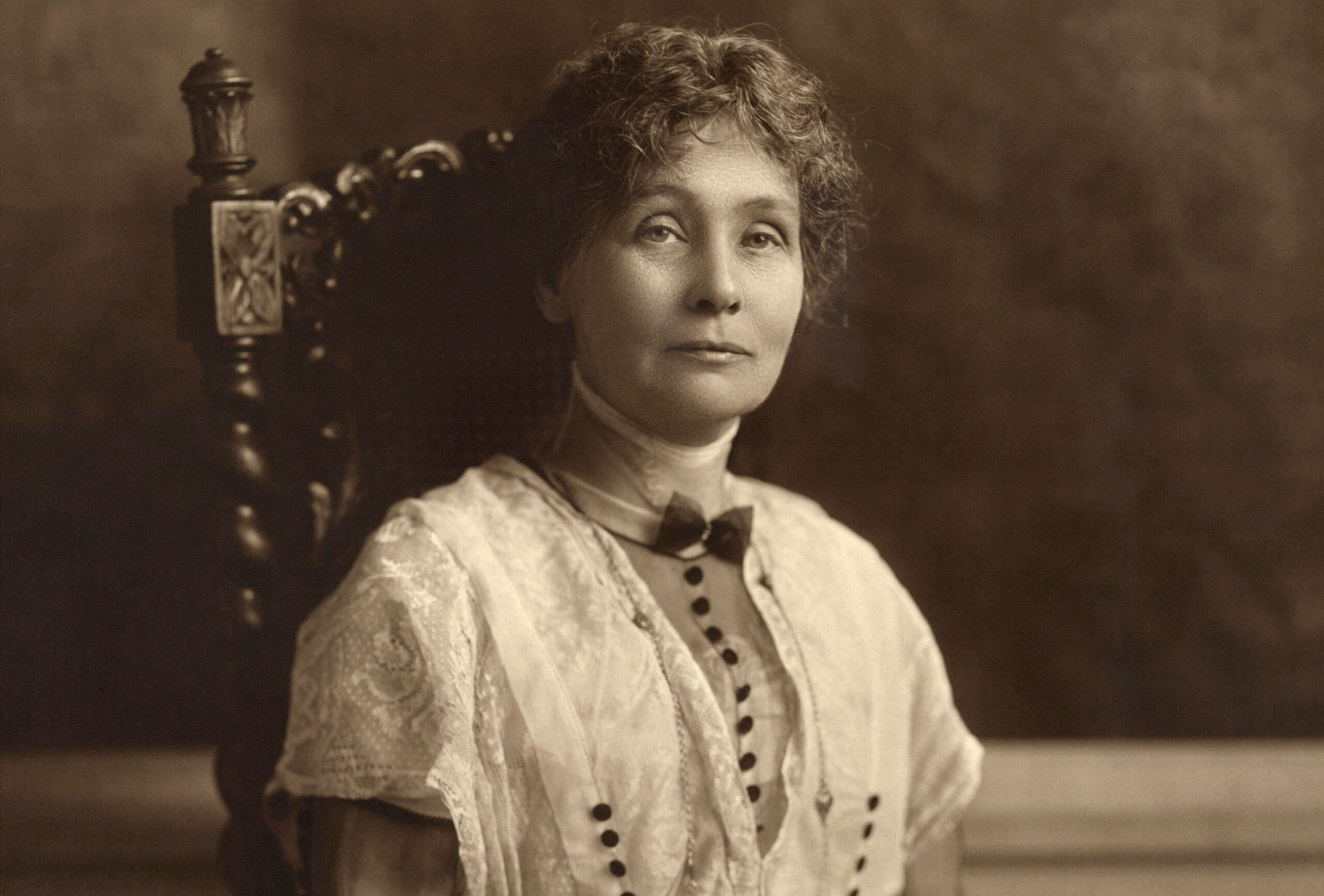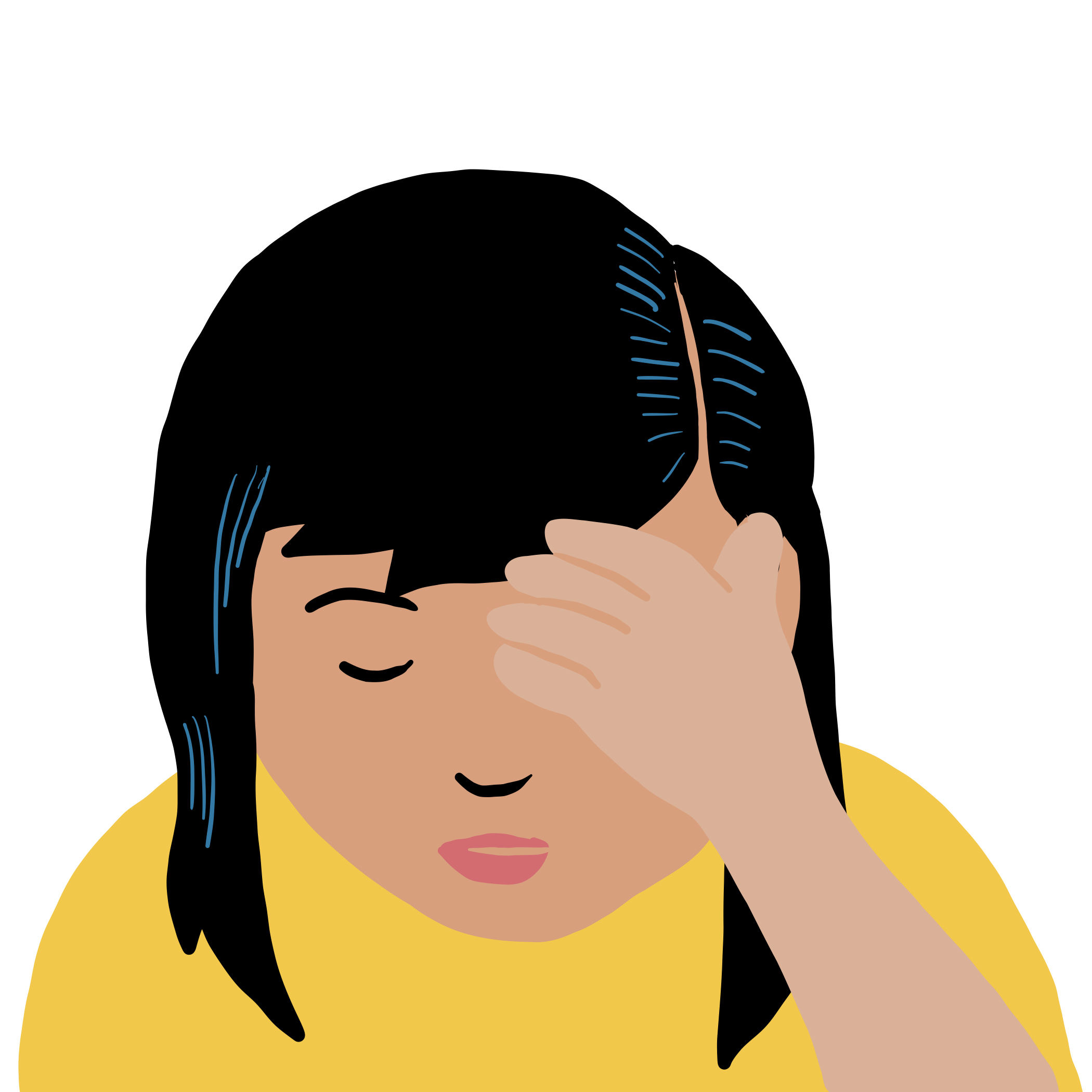What’s For Dinner?
- February 24, 2020
- P2: Zero Hunger
- Tags: hunger, malnutrition, SETA Foundartion, aid, production, MTRON, farming, SDG, FAO, zero hunger, SDG2, food, security
The SDGs aim to end all forms of hunger and malnutrition by 2030, making sure all people–especially children–have sufficient and nutritious food all year. If there’s one Promise that directly applies to children, then this is it.
In 2017 approximately one out of every nine people in the world were undernourished. Most of them lived on the African continent. The number has dropped by almost half over the past twenty years. Many developing countries that used to suffer from famine and hunger can now meet their nutritional needs and continue to make progress in ending extreme hunger.
It’s generally agreed that promoting sustainable agriculture, supporting small-scale farmers, and technology will help to slow down or stop the problems around hunger and malnutrition. Improving agricultural productivity will require international cooperation, as well as investment in infrastructure and technology.
Small scale and family farmers produce less than all other food producers since they only grow what they need. But there are more of them in terms of all food producers in African, Asian and Latin American countries, so they are very important.
Small-scale farming renews the link between the food people eat and the land they live on. If your food comes from a farm nearby, you can see the plants as they grow and look forward to the food of the season. It is also a reminder that people worked to make the food you eat.
Small farms can also work together to become more competitive, which can create farming communities and a greater sense of family. Ultimately small scale farming can make a huge difference for a country. For instance, Bolivia, a landlocked country in South America, has seen a 25% increase in their food production since 2014 by small farmers. In 2020 they declared that they are self sufficient and don’t need to import food.
The government of Bolivia invested $40 million on small and medium scale farmers. They helped farmers financially to produce crops like potatoes, tomatoes, wheat, vegetables, coffee, and cocoa, and as well as funding the breeding of fish and other livestock.
The government worked to slow down and eventually cut-off imports. This not only helped the local farmers and businesses but also reduced gas emissions, unemployment, hunger, and poverty.
Across the world Governments are spending less on agriculture compared to the amount agriculture contributes to their economies. Donor aid to agriculture in developing countries fell to only 5 per cent in 2017.
Small scale farmers being able to reliably produce a little more for their neighbours, for instance could be a really good thing for reducing over all hunger in small communities.
By 2030, we promise we will end hunger and make sure all people have safe and nutritious food all year long. That means;
- End malnutrition
- Help small farmers grow more and earn more.
- Make sure that the way we produce food is sustainable.
- Keep our seeds, plants, and animals genetically diverse
- Share research and technology to help rural farmers produce more food
- Trade fairly with each other
- Keep food prices stable.


© Copyrights 2024 All Rights Reserved. 17Promises




